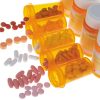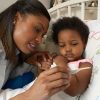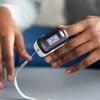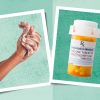- Empty cart.
- Continue Shopping
The Importance of Childproofing Medicine Cabinets
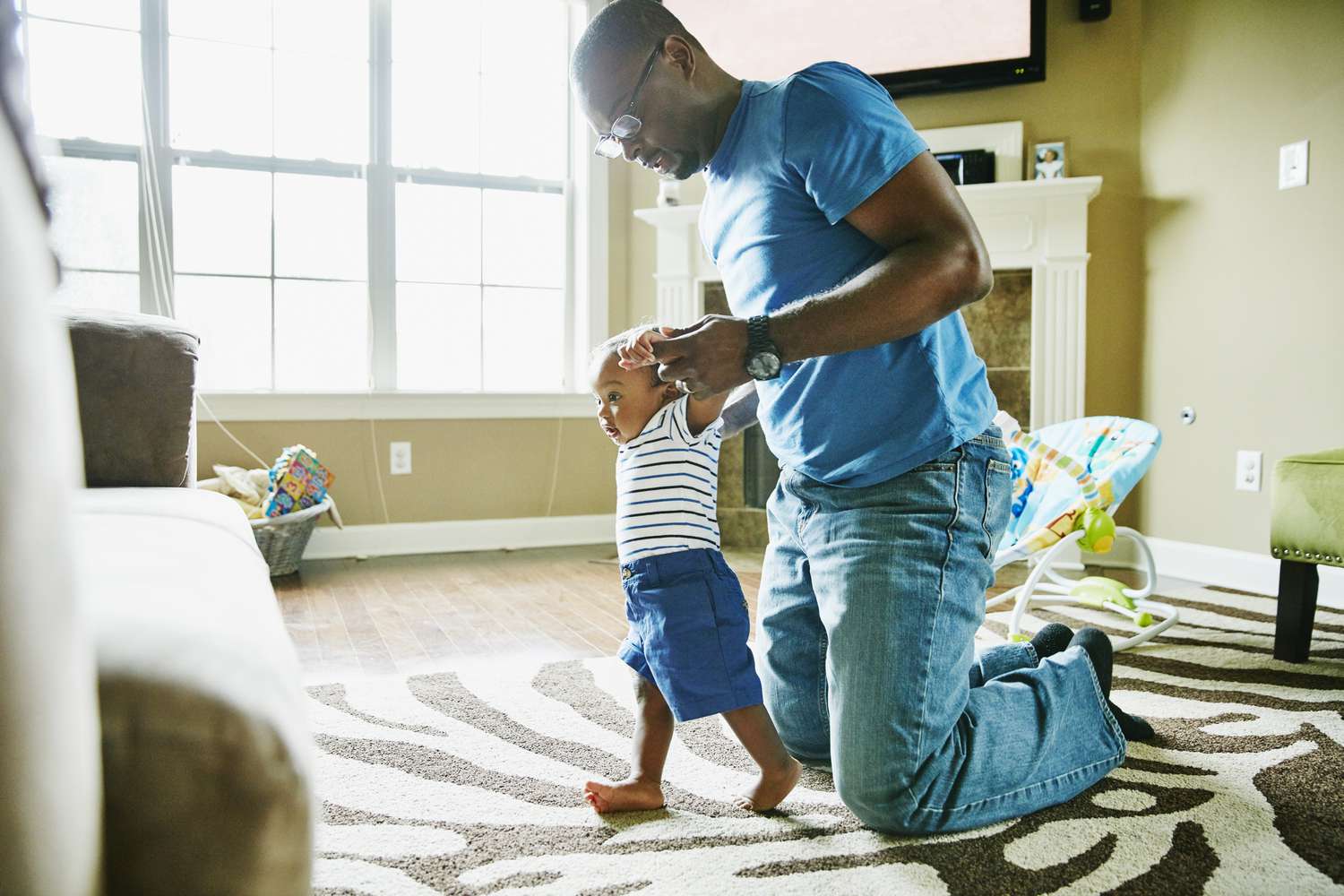
Childproofing your home is a critical step in ensuring the safety and well-being of your child. While many parents focus on securing staircases and electrical outlets, one area that often goes overlooked is the medicine cabinet. Keeping your medicine cabinet childproof is essential because it houses potentially hazardous substances that can be harmful or even life-threatening to curious little hands.
The Dangers Lurking in Medicine Cabinets
Medicine cabinets are typically filled with various medications, supplements, and personal care products. While these items serve essential purposes for adults, they pose significant risks to children due to:
1. Ingestion
Children are naturally curious and may mistake medications for candy or ingest them out of curiosity. Even a small dose of certain medications can be harmful to a child.
2. Poisoning
Many common household products, including cleaning supplies and personal care items, can be toxic if ingested or applied improperly. Children might accidentally ingest or come into contact with these substances.
3. Allergic Reactions
Children can have allergic reactions to medications or topical products. Having access to these items can lead to unintended exposure and adverse reactions.
4. Overdose
In some cases, children may accidentally overdose on medications when left unsupervised near medicine cabinets.
Tips for Childproofing Your Medicine Cabinet
Childproofing your medicine cabinet is a proactive measure to prevent accidents and protect your child’s safety. Here are some essential steps to childproof your medicine cabinet effectively:
1. Lock the Cabinet
Install childproof locks or latches on the medicine cabinet door. These locks are designed to be child-resistant and will prevent your child from opening the cabinet.
2. Move Medications Out of Reach
Store medications and potentially hazardous substances out of your child’s reach. Consider placing them on high shelves or in a locked box within the medicine cabinet.
3. Use Childproof Containers
Transfer pills and tablets from their original containers into childproof pill organizers or containers. These containers are more challenging for children to open than standard pill bottles.
4. Dispose of Unused Medications
Regularly go through your medicine cabinet and dispose of any expired or unused medications. Properly dispose of them according to local regulations or guidelines.
5. Secure Personal Care Products
Personal care products, such as perfumes, lotions, or colognes, can be toxic if ingested. Keep them out of reach or in a locked container.
6. Educate Your Child
Teach your child about the dangers of ingesting medications or personal care products without supervision. Emphasize that these items are not for play.
7. Install Childproof Caps
Use childproof caps on medication bottles. While these caps are not foolproof, they can provide an extra layer of protection.
8. Store Cleaning Supplies Safely
If you store cleaning supplies in or near the medicine cabinet, ensure they are safely secured and stored out of reach of children. Childproof locks should also be used for cabinets containing cleaning products.
9. Regularly Check for Hazards
Periodically check your medicine cabinet for any hazards that might have been overlooked. Ensure that childproofing measures are still effective.
10. Emergency Contact Information
Keep a list of emergency phone numbers, including the Poison Control Center, near your medicine cabinet. In case of accidental ingestion or exposure, quick access to these numbers is crucial.
In Conclusion, Childproofing your medicine cabinet is a simple yet essential step in creating a safe environment for your child. Accidental ingestion, poisoning, or exposure to medications and household products can have severe consequences. By taking proactive measures to secure your medicine cabinet, you can reduce the risk of accidents and provide your child with a safe and nurturing home environment. Remember that vigilance and regular checks are key to maintaining a childproofed medicine cabinet effectively.




